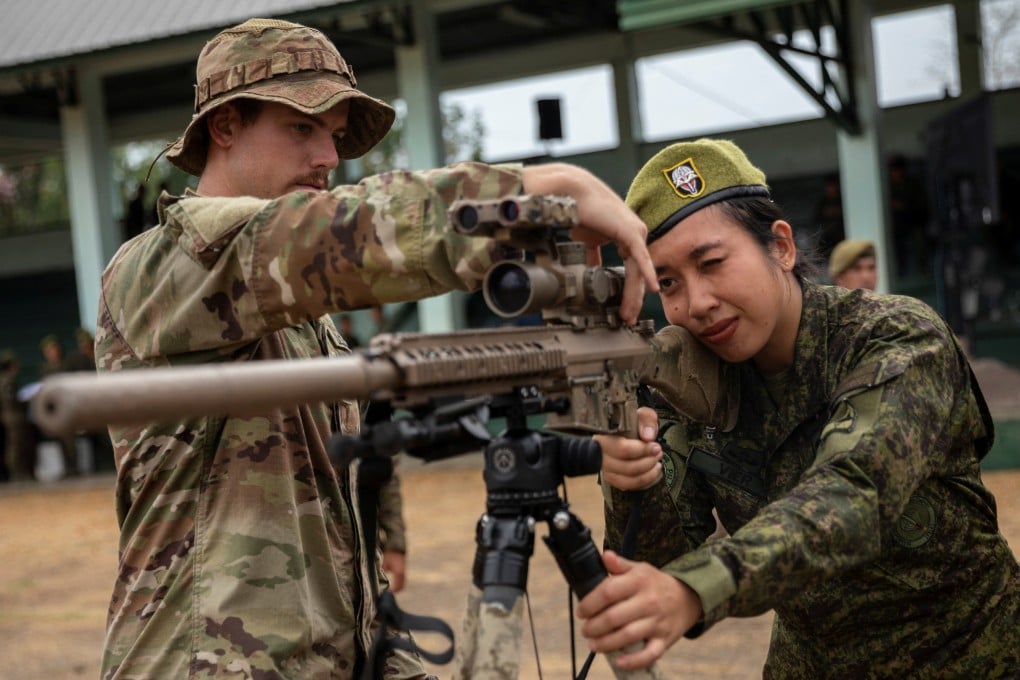Opinion | US-Philippine drills a further sign Manila may be picking sides amid South China Sea, Taiwan tensions
- The scale and context of this year’s Balikatan exercises reflect a shift in geopolitical concerns and Philippines’ growing role in regional security
- Manila’s recent security moves may create the impression that it’s writing Washington a blank cheque, and affect how it’s viewed by its neighbours

The new sites represent a bold step considering that none of the earlier five EDCA areas agreed upon in 2014 directly stared at any flashpoints. Basa Airbase in Pampanga is relatively close to the West Philippine Sea, but is still further inland. Antonio Bautista Air Base in Palawan faces the Sulu Sea. It is also the first time that a naval base – Camilo Osias in Cagayan – is included.
While the five original EDCA locations are existing Philippine military bases, the four new additions include one civilian airport (Lal-lo in Cagayan) and a remote island (Balabac) sitting astride vital surface and submarine traffic routes.
The locations for the exercises are also telling. Batanes province (less than 161km from Taiwan) and Ilocos Norte in Luzon are both in the north, while Zambales and Palawan are washed by the West Philippine Sea.
The exercise activities include maritime security, amphibious and aviation operations, live-fire training and cyber defence. In Zambales, participants will sink a target ship through coordinated land and air strikes, a first of its kind. In Palawan, allied militaries will simulate retaking an island captured by enemy forces.
The equipment that will see action includes mobile land-based Patriot and Avenger missiles and HIMARS rockets. If deployed in northern Luzon and Palawan, they can put targets in waters off southern Taiwan and the South China Sea within range.

